In aquatic sports, gear choice significantly influences performance, comfort, and safety. A thin wetsuit is essential for swimmers who seek to enhance their experience in the water. This comprehensive guide aims to provide in-depth insights into selecting the best thin wetsuits specifically designed for swimming and offers valuable tips for women looking for full-body options.
The Importance of Material and Design in Thin Wetsuits
Advanced Neoprene Technology for Optimal Flexibility
The primary material in high-quality thin wetsuits is neoprene, a synthetic rubber known for its outstanding flexibility and thermal insulation. Recent advancements have led to ultra-flexible neoprene, which allows for a more excellent range of motion, essential for swimmers who require unrestricted movement.
Key Features:
- Thermal Protection: Even in its thin form, neoprene provides adequate warmth in calmer waters, ensuring the swimmer's comfort.
- Buoyancy: This material inherently increases buoyancy, aiding swimmers in maintaining optimal body positioning in the water.
Cutting-Edge Design for Hydrodynamic Efficiency
The design of a thin wetsuit plays a crucial role in enhancing a swimmer's hydrodynamics. Strategic panel placement and seam construction are critical for reducing drag and improving speed.
Design Aspects:
- Streamlined Fit: Ensures minimal water resistance.
- Flex Zones: Areas with increased elasticity located around joints facilitate natural movement.
- Reduced Seam Construction: Limits friction and drag, enhancing speed.
Comprehensive Guide to Full Body Wetsuits for Women
Tailored Fit for Female Swimmers
When it comes to full-body wetsuits for women, the fit is paramount. A well-fitted wetsuit adheres closely to the body, eliminating pockets of water that can cause drag and decrease thermal efficiency.
Fit Considerations:
- Contoured Design: Emphasizes a woman's natural shape while ensuring comfort and mobility.
- Adjustable Features: Neck closures, wrist, and ankle seals for a personalized fit.
Enhanced Durability for Long-Lasting Performance
Durability is a critical factor in the longevity and performance of a full-body wetsuit. High-stress areas, such as the knees and lower back, often feature reinforced panels to withstand the rigors of frequent swimming.
Durability Enhancements:
- Abrasion-Resistant Knee Panels: Protect against wear and tear.
- Reinforced Seams: Increase the overall lifespan of the wetsuit.
Incorporating Advanced Technologies for Enhanced Performance
Hydrophobic Coatings for Reduced Water Absorption
A key feature of high-end thin wetsuits is the application of hydrophobic coatings. This technology significantly reduces water absorption, decreasing weight and drag while swimming.
Thermal Lining Innovations for Increased Warmth
Advanced thermal linings are integrated into thin wetsuits to offer extra warmth without compromising flexibility. These linings are designed to retain body heat more efficiently, making them ideal for slightly cooler water temperatures.
Conclusion
In summary, selecting the perfect thin wetsuit for swimming involves considering material flexibility, design efficiency, fit, durability, thickness, and advanced technologies. By understanding these key factors, swimmers can make an informed choice that enhances their performance and comfort in the water.





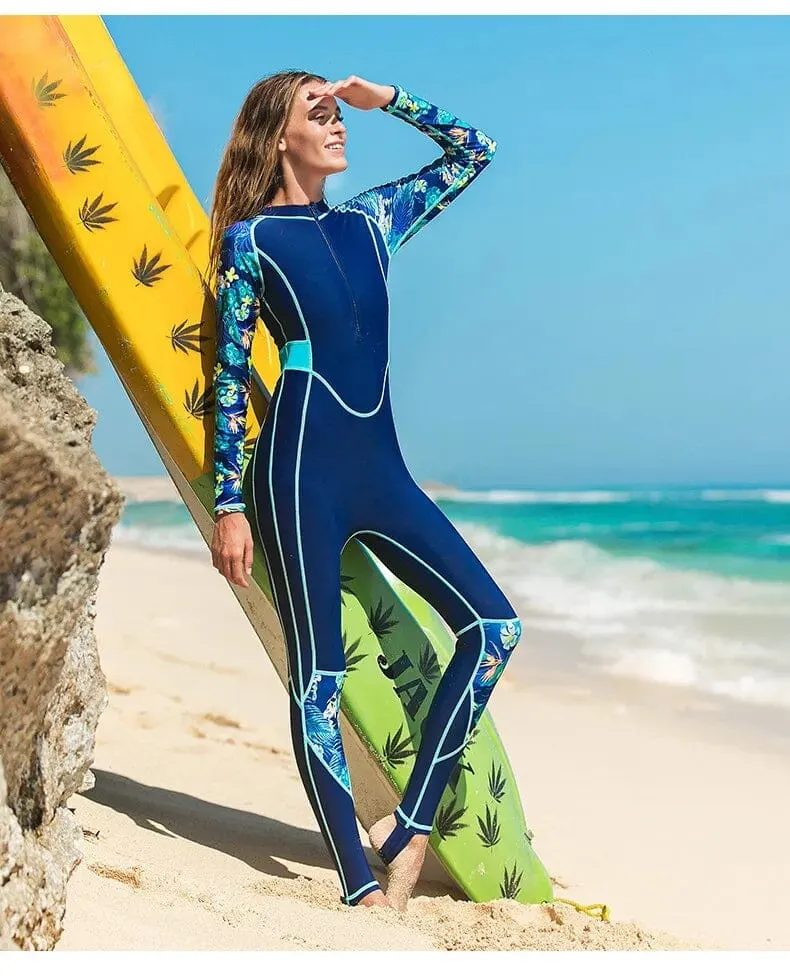


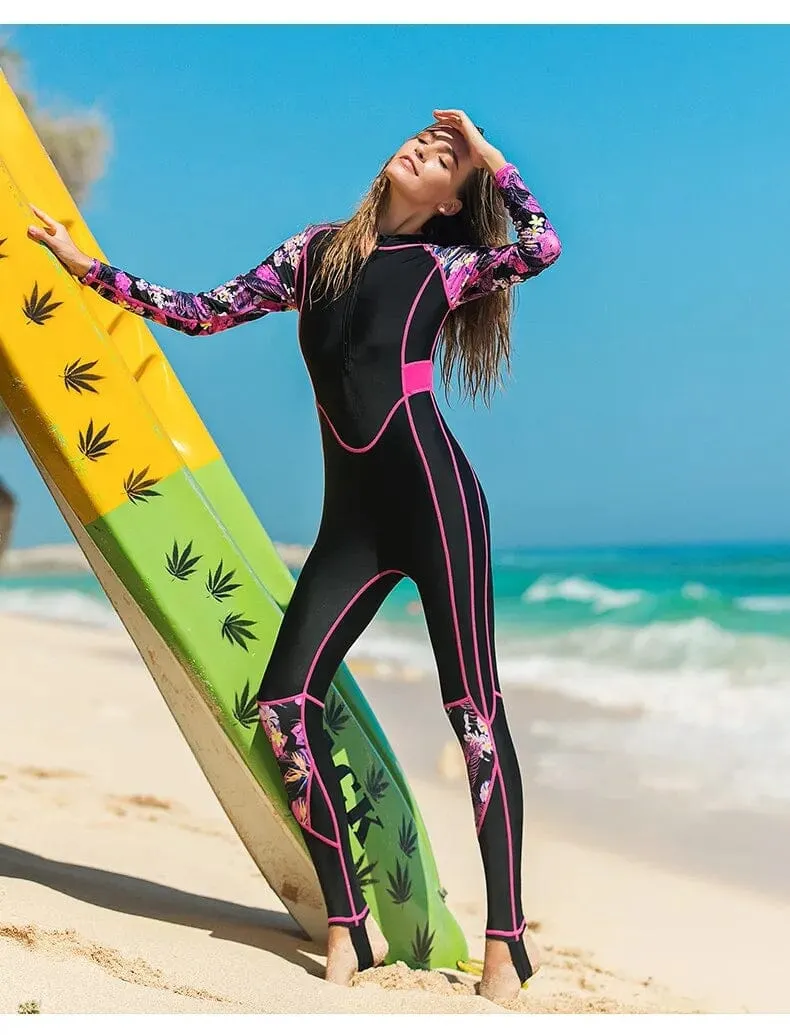
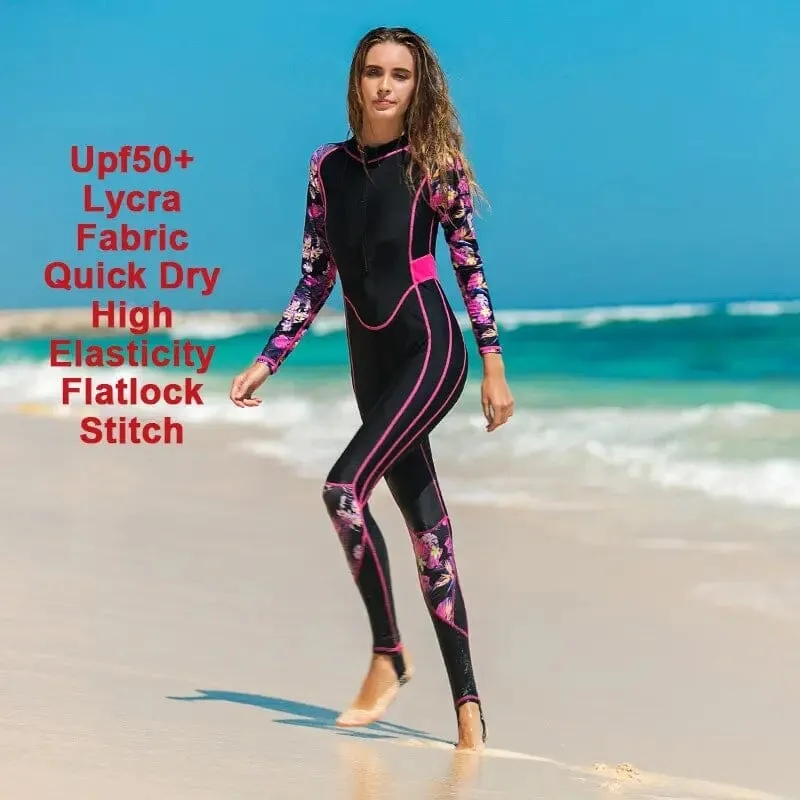
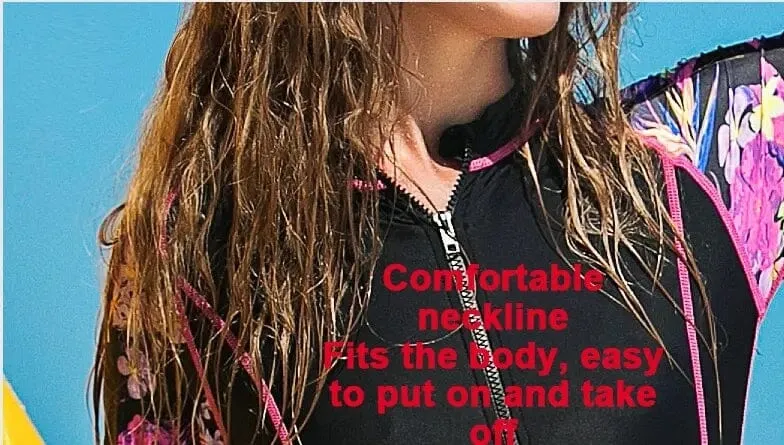
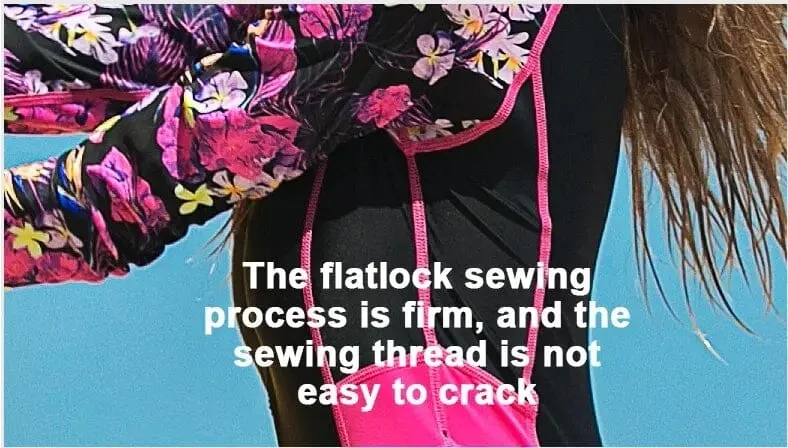
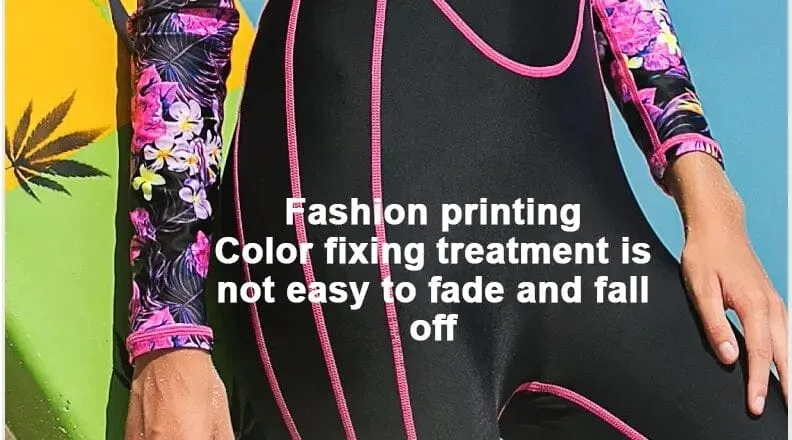
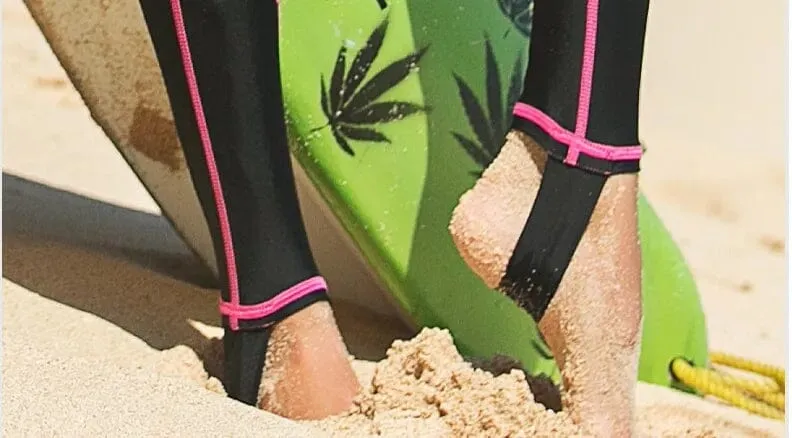
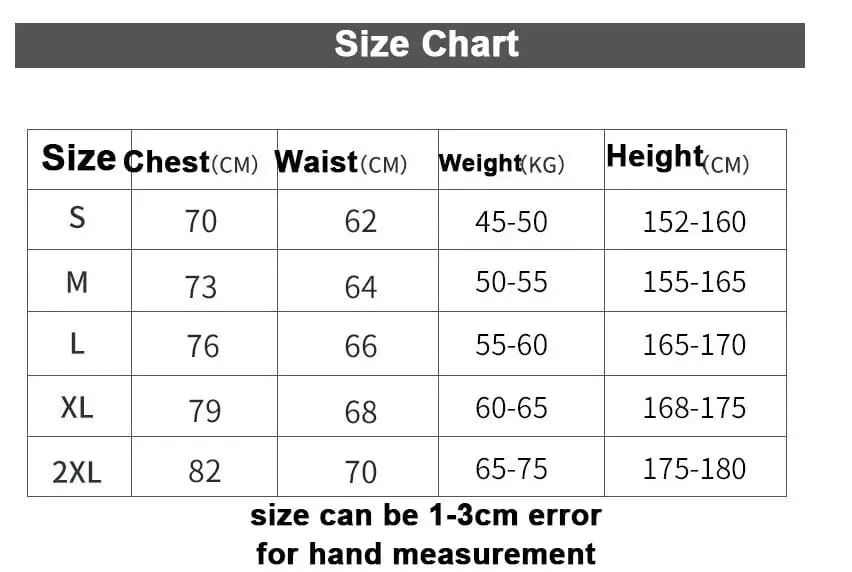
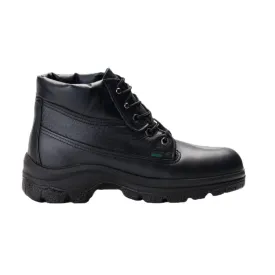
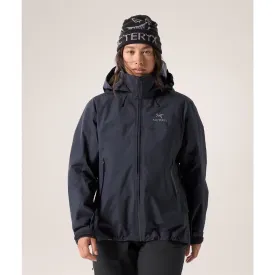
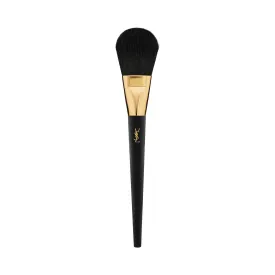
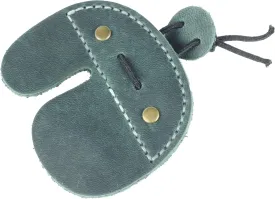
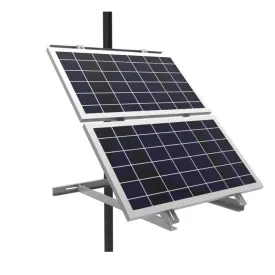
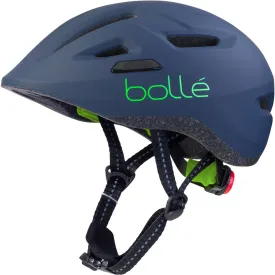
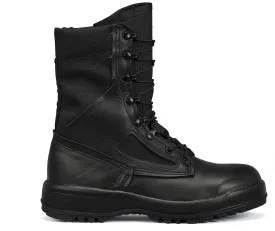
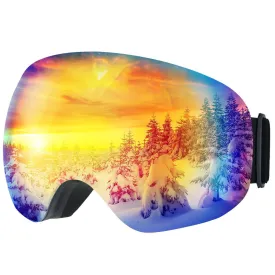
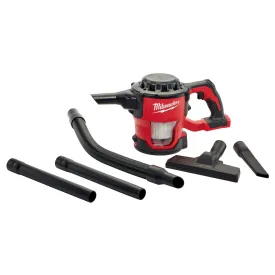
![New England Rope 5/8" x 15 Nylon Double Braid Dock Line - Grey [5058-20-00015] New England Rope 5/8" x 15 Nylon Double Braid Dock Line - Grey [5058-20-00015]](https://www.outdoirpulse.shop/image/new-england-rope-58quot-x-15-nylon-double-braid-dock-line-grey-5058-20-00015_mwuzrU_275x.webp)
